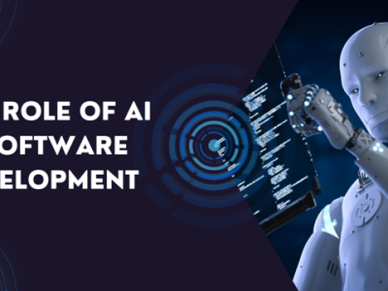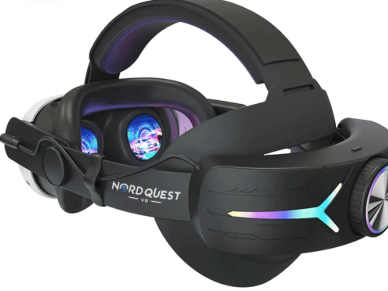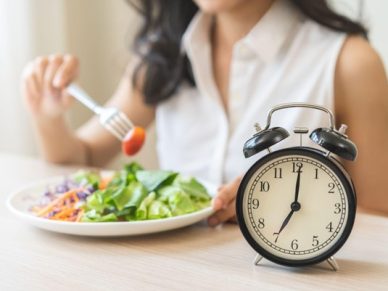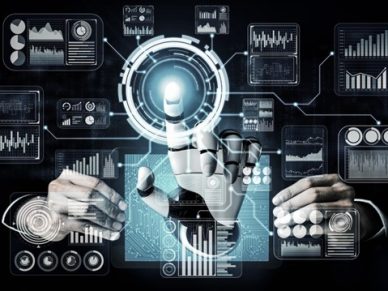Delivery robots are hitting the streets and sidewalks
Delivery robots have been a hit on college campuses, and now they’re ready to graduate to the big time. These coolers on wheels still do best in confined areas without too many obstacles to navigate, but these treat-toting trolleys might be delivering near you soon.
Welcome to Robo Delivery
Next time you’re in Miami, you might make a stop in the Dadeland area if you’re feeling peckish. Order through Uber Eats, and one of Cartken’s delivery robots might be the one bringing it to you. The robots, manufactured by Magna, began their pilot program routes in January in the Dadeland area.
“In areas where it’s relatively close, where it might not be worth the delivery driver to park, get the food, and drive just a mile, that’s, I think, where the robots can add the most value,” Cartken CEO Christian Bersch told Fox 35 Orlando.
UberEats customers in the area might get a notification when they place their order that a robot will handle the delivery.
“When the robot arrives, they get another notification that the robot is in front of your door, then they can walk out and unlock it through the app and retrieve their food,” Bersch said. “Then they close it, the robot confirms it’s empty, then returns back to the mall to get their next food order.”
The electric delivery robots can carry 24 pounds of cargo and use onboard cameras to navigate around obstacles. They drive on sidewalks and move more slowly than a human walking pace. They can’t climb stairs, so they’re not good for apartment deliveries, and they’re best suited for warm climates where they don’t have to worry about getting stuck in the snow.
For larger vehicles, Uber in 2022 signed a 10-year agreement with Nuro to use autonomous road vehicles to deliver groceries. The plan calls for pilot programs in Mountain View, Calif., and Houston.
Gateside Service
A good place to avoid problems presented by weather and stairs, and to find lots of hungry people, is an airport terminal. That’s where Ottonomy’s Ottobots ply their trade. The delivery robots use LiDAR, cameras, ultrasonic sensors, and proprietary mapping software to get around. Each wheel can steer, allowing the Ottobots to move sideways in “crab mode,” take tight corners, or perform zero-radius turns when need be.
With pilot programs at the Pittsburgh, Cincinnati, and Rome airports, the Ottobots deliver orders placed through the Crave app and finds customers at their gates. They have separate compartments for hot and cold items and for multiple orders, so they can deliver to multiple customers at the same gate. They can raise or lower their heights for easy reach by children or adults once they find their target.
Although the closed environment makes navigation easier, Ottonomy says its delivery robots can handle anything. The latest model, the Yeti, has an automated package dispenser that can drop packages even if nobody’s home.
“Our multiple trials have highlighted that the robots can safely navigate in crowded and populated indoor environments and outdoors on varying terrains and weather conditions,” co-founder and CEO Ritukar Vijay said.
Founded in 2020, Ottonomy has positioned its delivery robots as providing contactless delivery and filling labor gaps.
Millions of Miles Logged
Starship Technologies’ delivery robots have made more than 4 million runs and traveled millions of miles since the company’s 2018 founding. They deliver groceries in several U.K. cities.
“People call the robots cute, regularly pat them as they go past on the sidewalks, and increasingly tell us they feel like the robots are an integral part of the communities and neighborhoods they live in around the world,” Risto Meskus, head of manufacturing and supply chain, told Assembly Mag.
They use several types of sensors and neural networks accelerators to navigate city streets and sidewalks, hitting speeds of 4 mph.
As is the promise of all these battery-powered delivery robots, the hope is they can provide more sustainable solutions for last-mile deliveries.
“As a council we are absolutely committed to delivering alternative, sustainable methods of travel to help reach our target of becoming net-zero by 2030,” Leeds city councilor Helen Hayden told UKTN. “We are trying to reduce the number of short journeys made by car, including those made by delivery vehicles.”
Big players Amazon and FedEx have recently scaled back or ended autonomous delivery programs, but deep tech startups are going the extra mile to have robots go the last mile.
















Leave a Reply